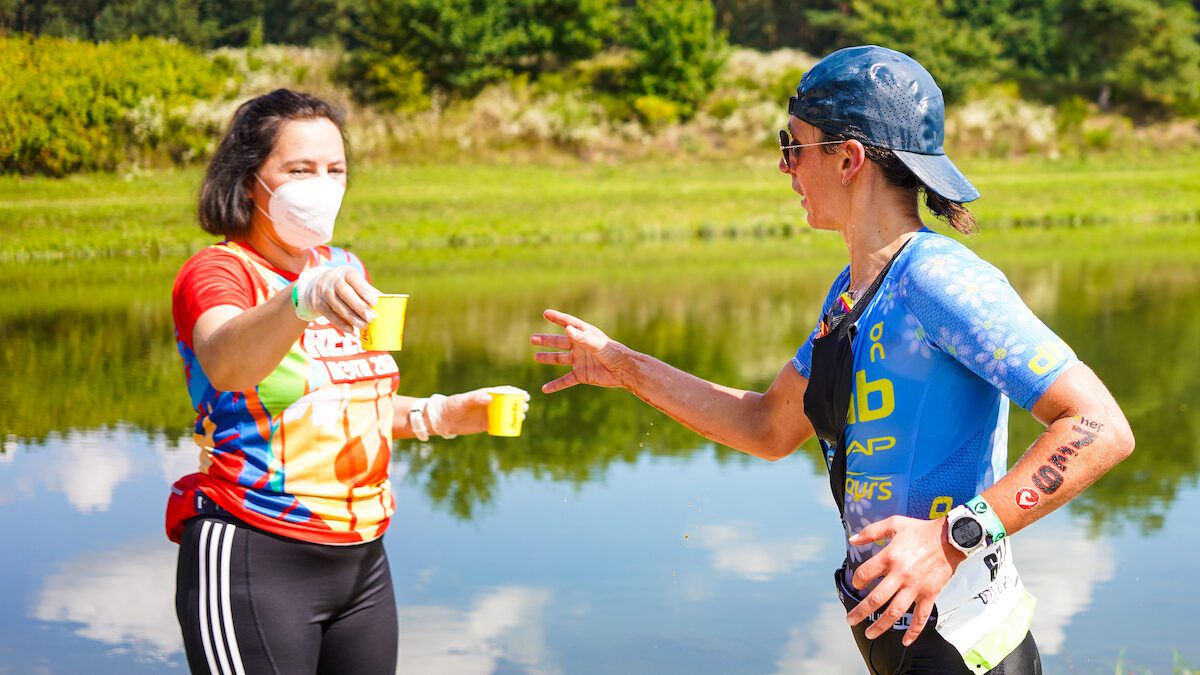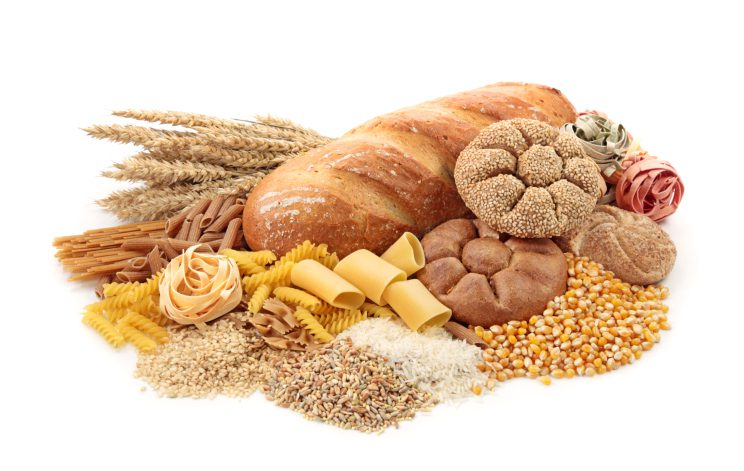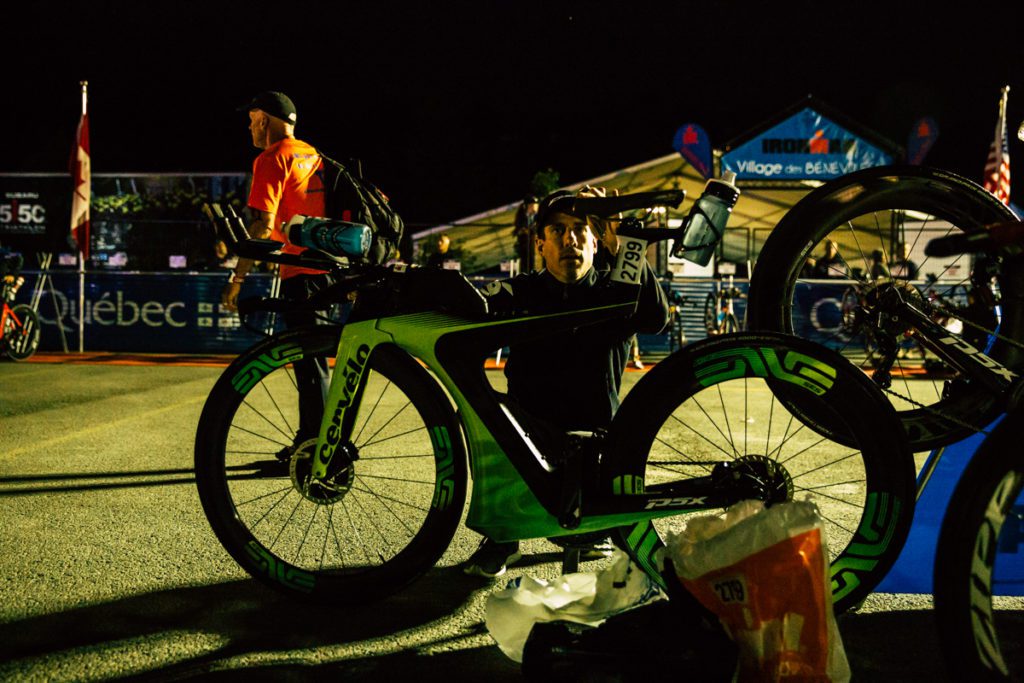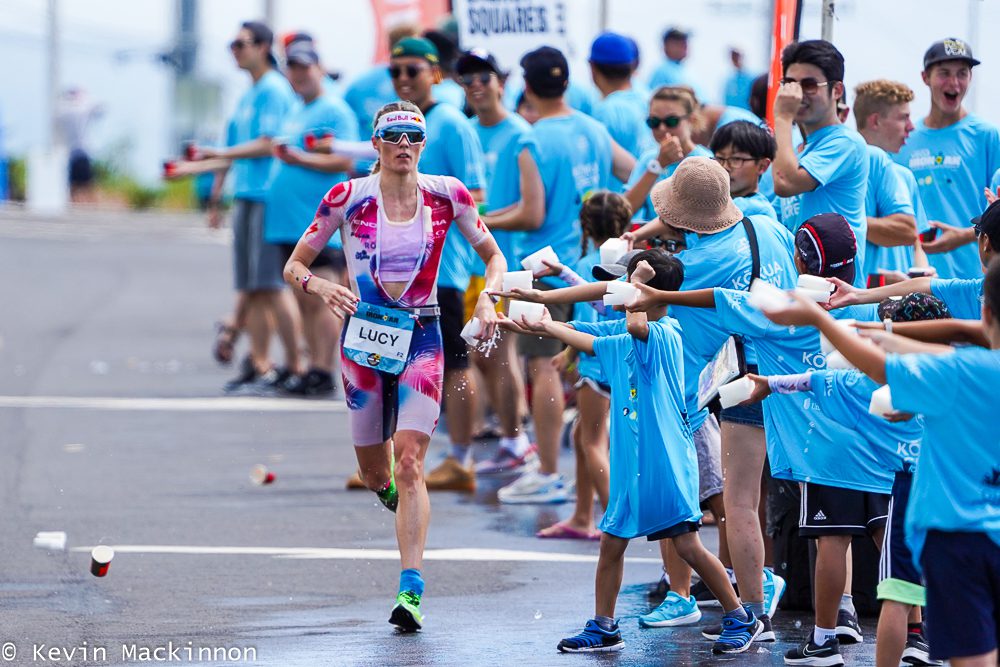The basics to set up a successful Ironman nutrition plan
Success in a long-distance race is dependent on a good nutrition plan
 Photo by:
Kevin Mackinnon
Photo by:
Kevin Mackinnon
We all know that success in a long-distance race is dependent on a good nutrition plan – it can be as important as all the training you’ll do leading up to the event. But what’s the best way to nail figure out what will work best to keep you fuelled through a long day? As the weather warms up and we’re gearing up for our early season races, it’s the perfect time to practice your race nutrition plans.
Practicing your nutrition plan early in the season is a smart strategy to help you test and tweak things prior to the busy race season. Even if you have a strategy well-honed from previous race seasons, it can be a good idea to re-test as our bodies can change from season to season.
You can test out your nutrition plans in tempo training sessions, but it’s also a good idea to test them in race simulation workouts, or less important races. Our GI system can react differently when we combine the excitement and nerves of race day. You should also research what products are served on course, and the weather conditions expected for race day, as these will affect your needs and can be incorporated into your training.
So, what are the basics of a race nutrition plan? Let’s break it down into three parts:
- The days prior to a race
- The morning of the race
- During the race
1-3 days prior to the race
If your event will last longer than 90 minutes, you may benefit from carbohydrate loading. From a triathlon perspective, focus on using this strategy for half- and full-distance races.

Carbohydrate loading consists of consuming a very high amount of carbohydrates (10 to 12 grams per kg body weight) for the one to two days prior to your event, with the goal of loading your muscle glycogen stores. To break this down for a 68 kg (150 lbs) person, this is about 675 g. Some things to note about carbohydrate loading:
- You’ll want to drink plenty of water and fluids to aid with the digestion of the increased carb intake.
- For generally healthy eating, we encourage high-fibre foods and whole grains, but during carbohydrate loading you’ll want to look for lower fibre, white food options. If you try to load with high-fibre foods, you’ll likely experience bloating and gas due to excessive fibre intake.
- Protein and fat can be consumed in moderate amounts as part of regular meals, but should not be the main nutrients of focus during this period.
Race Morning

What you eat on race morning matters and should be practiced and planned so that, even if you’re travelling, you can replicate the meal wherever you are. It’s a balance between feeling energized and not feeling like you have food sitting in your stomach. One to four hours before the event, aim to consume a meal with 1-4g/kg carbohydrates – for example, a bagel with peanut butter and banana slices. Then, about 30 minutes prior to the race start, have a small carbohydrate top up, such as a gel, fruit pouch, or fruit like a banana. While everyone’s gut reacts differently, it’s best to avoid spicy, gassy, or very high-fibre foods on race morning.
During the race
The focus of your race fuelling plan should be on carbohydrates, fluids and sodium.
Carbohydrates
After about 90 minutes of continuous activity, we deplete our body’s stored carbohydrates. This means that if we want to continue to have a steady stream of blood sugar (glucose), we need to take in carbohydrates. If we don’t, we may experience fatigue and fogginess, which is often referred to as “bonking.” For events lasting one to two and a half hours, such as Sprint- or Olympic-distance races, 30 to 60g of carbohydrate per hour is recommended. For events longer than 2.5 hours, 60 to 90 g/hour is recommended. You need to train your gut to be able to handle carbohydrates while exercising, so start with the lower end of the ranges and work your way up.
You can use a combination of sport supplement products (sport drinks, gels, and bars) and real carbohydrate foods like bananas. Keep in mind when you are racing or training harder, liquid and gel options may be easier to absorb than solid foods that require more digestion. You’ll want to go easy on fibre, fat and protein rich foods when racing as they will be slower to digest.
Hydration

When it comes to hydration, our fluid needs vary based on your sweat rate, race temperature and other factors. A good starting point is aiming to consume 400 to 800 mL per hour, but you could need less or more than this. Next issue’s article will include more detail on sweat rate testing.
Electrolytes
In addition to water for hydration, we need to consider that we lose sodium in our sweat. The amount of sodium we lose in sweat is also personal. If you have a high sweat rate, or are a salty sweater, chances are you’ll need to add sodium to your training fuel plan, especially if you are training or racing for more than two hours. Start with aiming to consume 300 to 600 mg of sodium per hour, and adjust as needed. You can do this through electrolyte drinks, sodium tablets, or high sodium gels and foods. Next issue’s article will include more detail on how to dial in your sodium needs.
Getting started on refining your race nutrition plan early in the season will pay off when you arrive on the starting line well fuelled and prepared.
This story originally appeared in Triathlon Magazine’s Buyer’s Guide published in March, 2023
Alexis Williams is a registered dietician from Burlington – www.fuelyourendurance.com /IG @fuel.your.endurance
